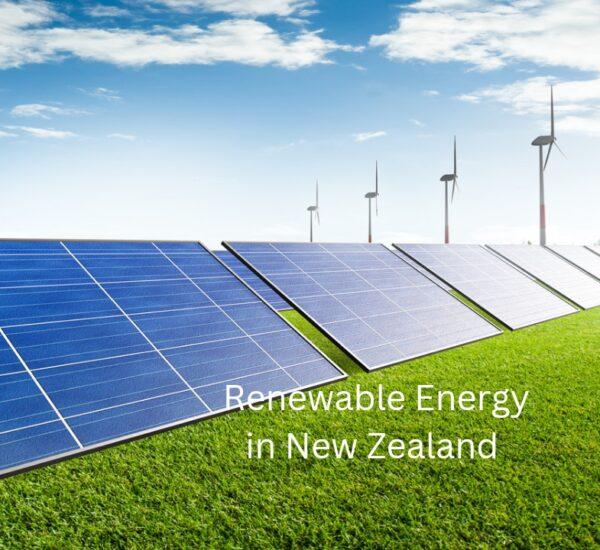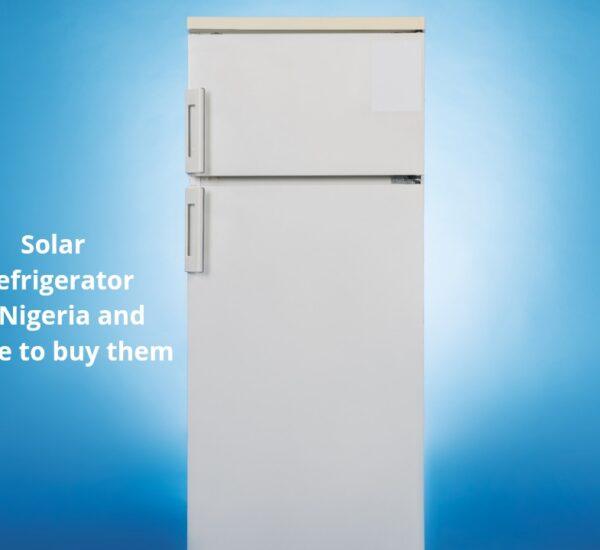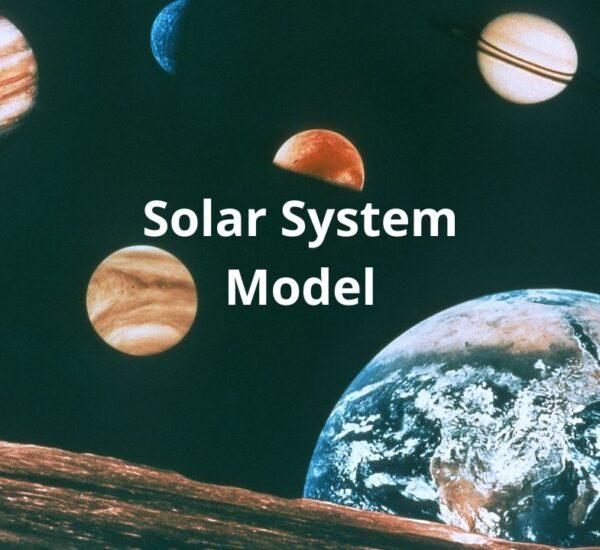Long duration energy storage in Nigeria is what many people use as a power backup plan. With the terrible electric power supply we have in Nigeria, most companies, businesses, and even individuals have invested in long duration energy storage. The epileptic power supply in the country has hammered productivity of businesses and this is why the long duration energy storage is more dependable.
Read along to learn more about long duration energy storage in Nigeria.
What is Long Duration Energy Storage?
Long-duration energy storage is any device that can release stored energy at maximum capacity for more than four hours, which is the normal storage time for lithium-ion batteries.
4 Categories of Long Duration Energy Storage
Long duration energy is divided into some categories, which include:
1. Mechanical Long Duration Energy
Mechanical energy storage uses heat, water, or air in conjunction with compressors, turbines, and other machinery to provide reliable alternatives to electrochemical battery storage.
Read- Plastic recycling- Everything you need to know.
2. Thermal Long Duration Energy
Thermochemical compounds are used to store thermal energy. TCHS is a technique for storing heat in single-particle chemical bonds by dehydrating TCMs at a specific dehydration temperature (Td) or temperature of reaction (Tr), depending on the kind of TCM.
Learn about wind energy- A choice of energy generation in Nigeria.
3. Chemical Long Duration Energy
Batteries (secondary and flow batteries) and renewable-generated chemicals are the basic components of chemical energy storage technologies (hydrogen, fuel cell, SNG, and hydrocarbons). Batteries, as electrochemical energy storage, have a lot of potential in a variety of small- to large-scale applications.
Read- Grid Innovation: Leveraging on Grid Modernization.
4. Electrochemical Long Duration Energy
Electrochemical energy storage is based on devices that can display high energy density (batteries) or high power density (electrochemical condensers). High energy and high power densities in the same material are increasingly required in current and near-future applications.
What is the use of energy storage systems?
An energy storage system captures heat or electricity when it is plentiful, generally from a renewable energy system, and stores it for later use. Electric batteries, heat batteries, and thermal stores are the most prevalent energy storage devices.
Read About the Top 11 Solar Companies in Nigeria.
4 Benefits of Long Duration Energy
There are some benefits of long-duration energy, they include:
1. Save Money
Energy storage can save money for electricity consumers who install energy storage in their homes and businesses, as well as for grid operators. By storing low-cost energy and using it later, during peak periods when electricity rates are higher, energy storage can lower the cost of providing frequency regulation and spinning reserve services, as well as balance consumer costs.
Businesses can prevent costly delays and resume normal operations by adopting energy storage during minor outages. Residents can avoid losing food and medicines, as well as the inconvenience of being without power. When demand response programs are available, both enterprises and residential customers have the choice to join.
Read- Renewable Energy in Nigeria- Sources, Pros, and Cons.
2. Improve Reliability & Resilience
During outages, energy storage can supply backup power. The same principle applies to backup power for a single item. For instance, a smoke alarm that plugs into a wall but also has a battery backup. This may be applied to an entire building or even the grid entirely.
Storage helps the grid to be more adaptable, ensuring that users get electricity when and where they need it. Both reliability and resilience rely on this flexibility. As the cost of outages continues to climb, the value of increased reliability and resilience grows as well.
3. Integrate Diverse Resources
Energy storage can smooth out the delivery of variable or intermittent resources, like wind and solar. It can do this by storing extra energy while the wind blows and the sun shines and delivering it when the opposite occurs.
On the other hand, storage can aid in the efficient distribution of electricity from inflexible baseload supplies. Energy storage may inject or extract electricity as needed to precisely match load wherever and whenever it’s needed. Especially when demand varies quickly and requires flexibility.
Energy storage is a technique that makes other technologies possible. We can use it when the sun isn’t shining or the wind isn’t blowing. Energy storage can be used when demand varies and base load resources are unable to respond quickly enough.
4. Reduce Environmental Impacts
Energy storage, in its most basic form, allows electricity to be preserved for later use, when and where it is most needed. This improves the electric grid’s efficiency and capacities, including the potential to minimize greenhouse gas (GHG) emissions.
By offering flexibility to the grid, energy storage can help integrate more solar, wind, and distributed energy resources into the system. It can also boost grid efficiency by boosting the capacity factor of current resources, reducing the need for new polluting peak power plants to be built.
Energy storage lets our energy supply mix develop more simply and reliably as our energy supply mix becomes cleaner with low- and no-carbon resources.
Conclusion
In today’s society, long duration energy storage is quite important. It is necessary to generate electricity and is a critical input to all, including residential, transportation, and manufacturing sectors. To put it another way, energy services are required in all cultures to provide basic human requirements, such as lighting, heating, and mobility.



